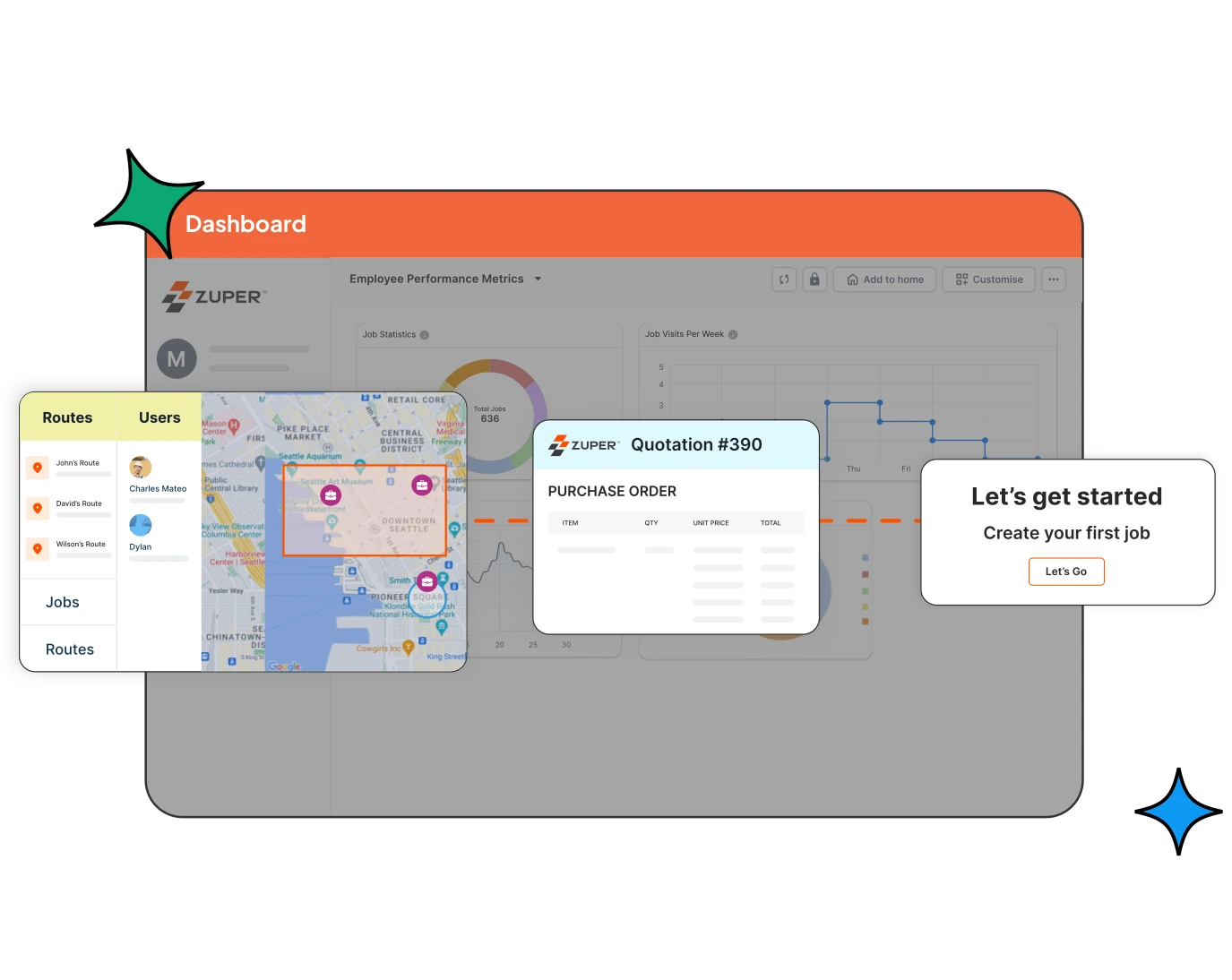1. Site Assessment
a. Customer Consultation
Discuss their past utility bills to understand energy consumption
patterns.
Evaluate their daily electricity usage habits (e.g., peak hours).
Assess roof pitch, dimensions, and potential shading (trees,
chimneys) with tools like sun path diagrams or satellite imagery.
Obtain signed contracts outlining the scope of work, warranties,
and payment terms.
Secure permits from local authorities and utility companies (if
applicable).
b. Technical Evaluation
Use a roof strength calculator to verify load capacity for panels and
mounting system.
Identify electrical panel location and capacity for system
connection.
Check for potential obstacles like satellite dishes or vent pipes.
Measure sunlight exposure at different times using a solar meter
or sun pathfinder app.
Design the system layout with panel tilt angle and orientation
optimized for maximum sunlight capture.
Select high-quality, certified components with appropriate warranties.
2. Material Procurement
Order panels, inverter, racking system, cables, connectors,
flashing kits, and safety equipment.
Include spare parts like fuses and connectors for potential
replacements.
Verify product compatibility with each other and system design.
Check manufacturer certifications for safety and performance standards.
Track delivery details and ensure secure storage upon arrival.
3. Installation Preparation
Schedule the installation date and time with the customer,
considering weather conditions.
Inform customers about necessary preparations (e.g., clearing
roof access, removing debris).
Arrange for delivery of materials and equipment to the site.
Set up scaffolding with proper fall protection measures.
Gather and inspect safety equipment (harnesses, gloves, helmets,
etc.)
Notify the utility company of the intended grid interconnection
date.
4. Quality and Safety Considerations
Follow safety regulations and use Preventive Protective
Equipment.
Inspect materials and connections for quality.
Maintain open communication with the customer.
Installation
5. Panel Mounting
Double-check roof strength calculations and ensure load capacity.
Install flashing kits around penetrations to prevent water leaks.
Securely mount the racking system according to the manufacturer's
instructions and local building codes.
Use appropriate fasteners and sealants for the specific roof material.
Maintain proper spacing between panels for airflow and ventilation.
Tighten all connections and ensure grounding compliance.
6. Electrical Wiring
Route conduits and cables neatly and securely, following
electrical codes and inverter specifications.
Use conduit bends instead of sharp turns to avoid damage.
Clearly label all wires with their destination and purpose.
Connect panels in series and parallel as per the system design.
Double-check wiring diagrams and connections for accuracy.
Ground the entire system using appropriate grounding rods and
conductors.
7. Inverter Installation
Mount the inverter in a cool, well-ventilated location with sufficient
clearance.
Connect AC and DC wiring to the inverter according to its
manual.
Configure inverter settings based on system specifications and
grid interconnection requirements.
8. System Testing and Commissioning
Verify electrical connections with a multimeter for continuity and
grounding.
Test individual panel voltage and output using a solar panel tester.
Commission the inverter following its manual and confirm the grid
connection.
Monitor real-time system performance data through the inverter
display or monitoring app
Ensure system output meets expected energy production based on
design calculations.
Post-Installation
9. Documentation and Training
Provide customers with operation manuals for the system
and its components.
Explain system monitoring procedures and how to interpret data.
Review safety precautions and maintenance practices.
Register the system with the utility company and warranty
providers.
Schedule follow-up inspections to ensure system performance
and address any concerns.
10. Post-Service
Take photos and videos throughout the installation process for
documentation and potential warranty claims.
Clean up the worksite and dispose of waste materials
responsibly.
Thank the customer.




